Effective Jira service management inventory is crucial for organizations to maintain operational efficiency and optimize resource utilization. With Jira’s adaptable workflows and real-time monitoring capabilities, businesses can ensure a seamless supply-demand balance.
Jira inventory management with asset management tools like AssetIT further enhances its inventory management capabilities. This solution empowers organizations to predict demand accurately, plan future needs, and make informed purchasing decisions, ultimately reducing costs and minimizing waste. Let’s together explore every corner of Jira service management inventory capabilities in this article.
Challenges in Traditional Inventory Management
Traditional inventory management methods face several challenges that can hinder operational efficiency and profitability. Here are some key issues:
Manual Data Entry and Errors
Manual data entry is prone to human errors, such as mistyped entries, lost or damaged documents, and miscalculations. Even small mistakes can cascade into significant inventory discrepancies, affecting order fulfillment and customer satisfaction. Additionally, manual processes are time-consuming, labor-intensive, and drain valuable resources that could be better utilized elsewhere.
Lack of Real-Time Visibility
Traditional inventory management systems often lack real-time visibility into stock levels, movements, and trends. This makes it difficult to accurately forecast demand, plan future needs, and make informed purchasing decisions. Without up-to-date information, businesses may struggle to respond quickly to market changes or customer demands, leading to overstocking, stockouts, or missed opportunities.
Disjointed Systems and Processes
Many companies rely on multiple spreadsheets or software systems for inventory management, leading to siloed and duplicated data. This can cause confusion, inconsistencies, and hinder real-time decision-making and agility. Additionally, traditional methods may not seamlessly integrate with other critical systems like Enterprise Resource Planning (ERP) or Customer Relationship Management (CRM), making it challenging to gain a comprehensive view of operations.
Jira Service Management Inventory Capabilities
One of the most compelling features of Jira service management inventory is its adaptable workflow capability. Organizations can customize these workflows to align with specific inventory-related processes, such as tracking stock levels, managing procurement, and handling customer requests. This adaptability makes Jira an invaluable tool for businesses seeking to tailor inventory management systems to their specific needs.
Adaptable Workflows
Jira’s adaptable workflow capability is a core component that enables businesses to customize inventory-related processes. Looking for a tool to track stock levels, manage procurement, or handle customer requests? No worries, you just need to look for a Jira plugin with the desired functionality.
Real-Time Data Access
Jira enables real-time monitoring and transparency in inventory management, allowing businesses to access current data on stock levels and order status. This immediacy is crucial for responding effectively to fluctuating demand and supply scenarios, facilitating prompt and informed decision-making. With Jira, users benefit from live updates that reflect real-time changes in stock levels and asset statuses. This feature is essential for maintaining accurate inventory oversight and ensuring that all data is current, which is particularly useful in dynamic business environments.
Cross-Departmental Collaboration
Jira’s roots in project management position it as an ideal platform for enhancing cross-departmental collaboration in inventory management. It brings together various teams, from logistics to sales, under a unified system, promoting coordinated efforts and shared understanding, which are essential in managing inventory successfully. Seamless connectivity with Jira Service Management is a cornerstone of effective asset management. This integration allows users to switch effortlessly between Jira Service Management and other platforms, enhancing productivity and minimizing disruptions. It supports a smooth data flow, ensuring that asset information is consistently updated and accessible across systems.
Explore Advanced Features of Jira Service Management Inventory with AssetIT
AssetIT, a third party plugin for Jira, offers advanced features that enhance inventory tracking capabilities. Here are some key functions:
Integration with Jira and Other Tools
AssetIT seamlessly integrates with all Jira products, even Service Management (JSM), allowing for effortless data transfer without switching back and forth. Users can import JSM Organizations into AssetIT, categorizing them as distinct inventories. This integration ensures that all information remains up-to-date and synchronized across both systems.

Furthermore, AssetIT’s ability to integrate with other business systems and tools is a critical aspect of its application in inventory management. This integration minimizes manual data entry, ensures consistency and accuracy across various business functions, and ultimately enhances operational efficiency.
QR Code Generation
AssetIT provides a QR code generation feature, allowing you to print out the code and avoiding time consuming. With businesses handling thousands to millions of stocks, QR codes serve the right purpose, which will assist users with the process of item checking and auditing.
Stock Quantity Control
AssetIT allows you to track individual IT assets, ranging from hardware, software, components, accessories, and consumables. You can also record the initial quantities of your items, and the system will alert which one is reaching its minimum quantity. Simple is that!
Dashboard and Reporting Tools
One of AssetIT’s standout features is its comprehensive dashboard and reporting tools, which empower users to gain valuable insights into their inventory. This includes:
- Customizable Dashboards: AssetIT’s dashboard provides a quick overview of inventory data, enabling users to monitor stock levels, asset statuses, and other relevant metrics.
- Jira Gadgets: AssetIT integrates with Jira, allowing users to display inventory-related charts and data directly within Jira dashboards, promoting seamless access to critical information.
- Report Builder: The Report Builder feature empowers users to customize reports according to their unique requirements, ensuring that they have access to the specific data they need for effective inventory management.

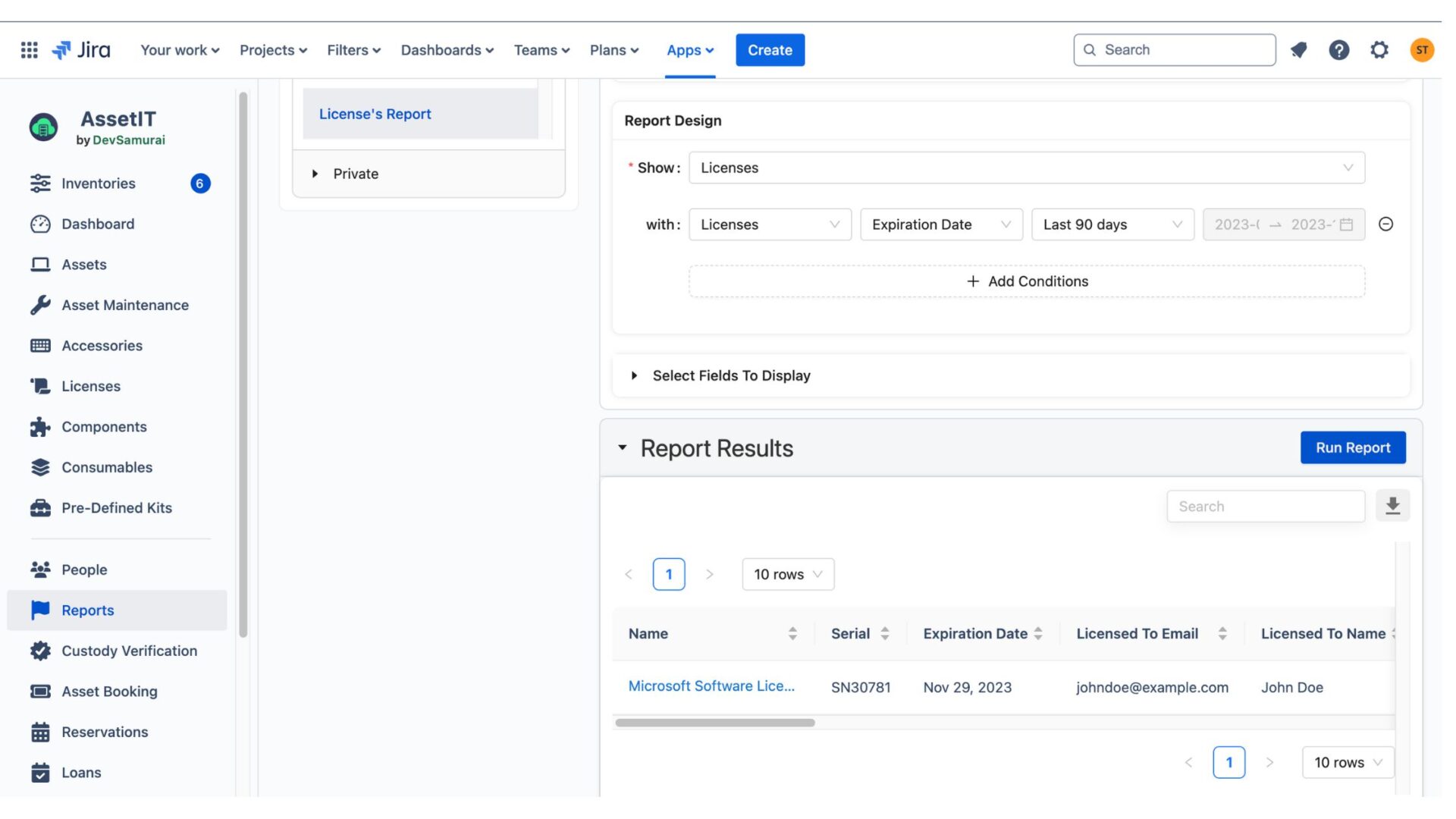
Tips to Successfully Optimize Jira Service Management Inventory
- Leverage Real-Time Data Access: Jira enables real-time monitoring and transparency in inventory management, allowing you to access current data on stock levels and order status. Utilize this feature to respond promptly to fluctuating demand and supply scenarios.
- Foster Cross-Departmental Collaboration: Encourage coordinated efforts and shared understanding among teams, from logistics to sales, to ensure successful inventory management.
- Utilize Reporting and Analytics: Take advantage of Jira’s comprehensive reporting and AssetIT report builder to gain insights into inventory trends and patterns. These capabilities enable you to predict demand accurately, plan future inventory needs, and make informed purchasing decisions.
Conclusion
Jira service management inventory with AssetIT provides a powerful solution for organizations seeking to streamline their inventory management processes.The advanced features of AssetIT, such as customizable dashboards, reporting tools, etc. further enhance the overall inventory management experience.
Embracing the synergy between Jira and AssetIT enables organizations to overcome traditional inventory management challenges. As technology continues to evolve, the future holds exciting possibilities for even more sophisticated integration. Stay tuned for further upgrades to ensure long-term competitiveness and drive profitability and growth.





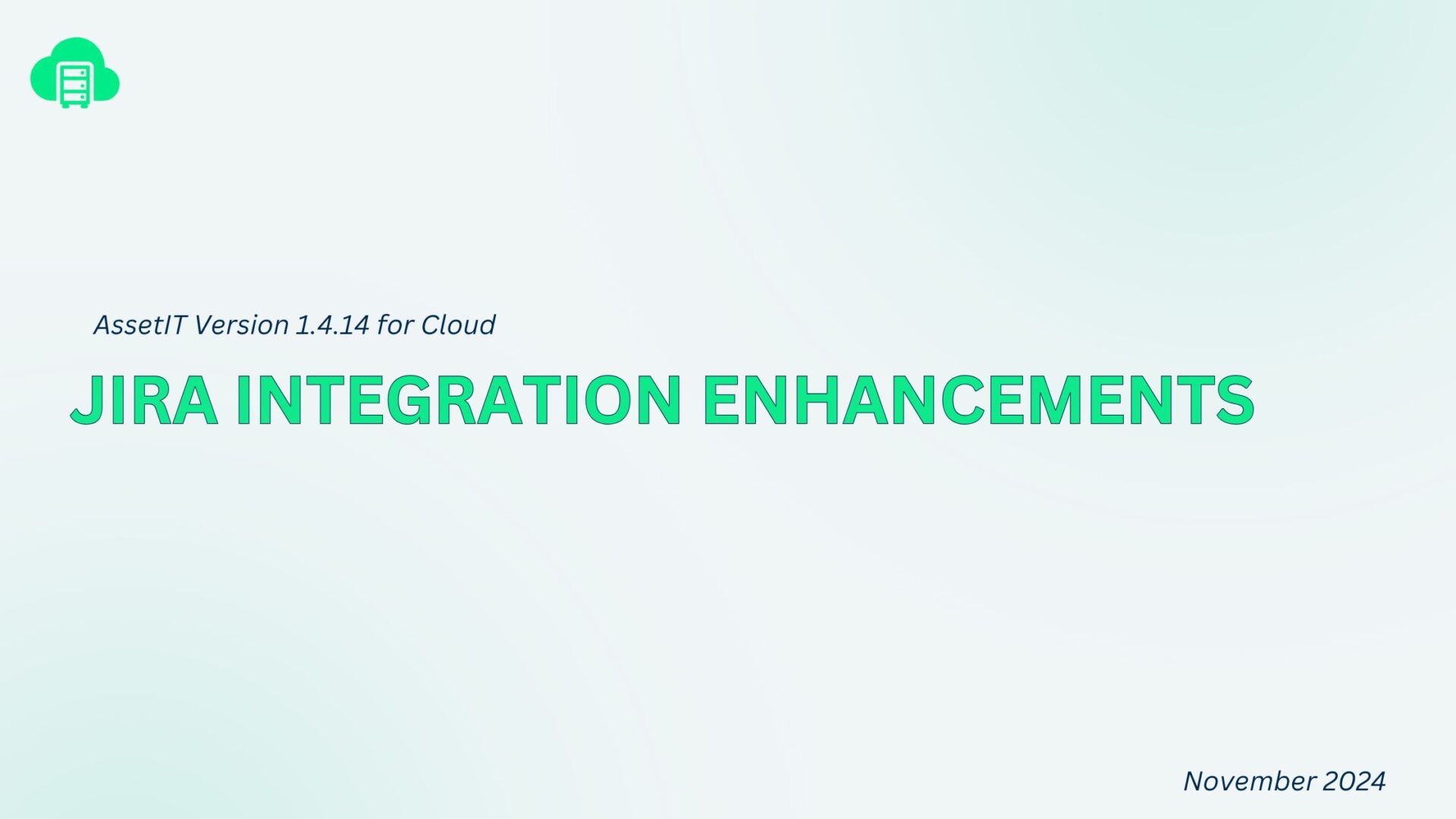
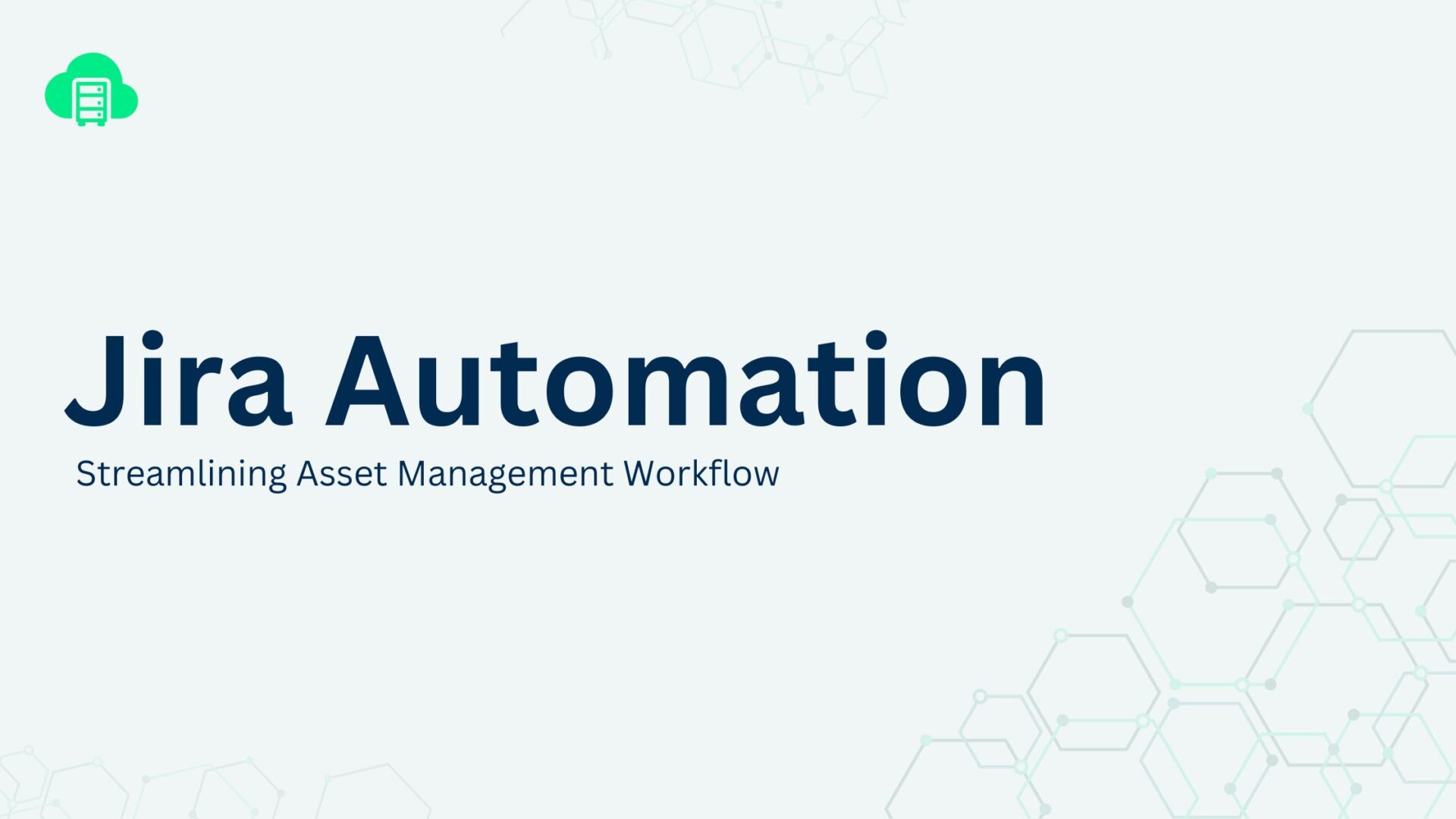
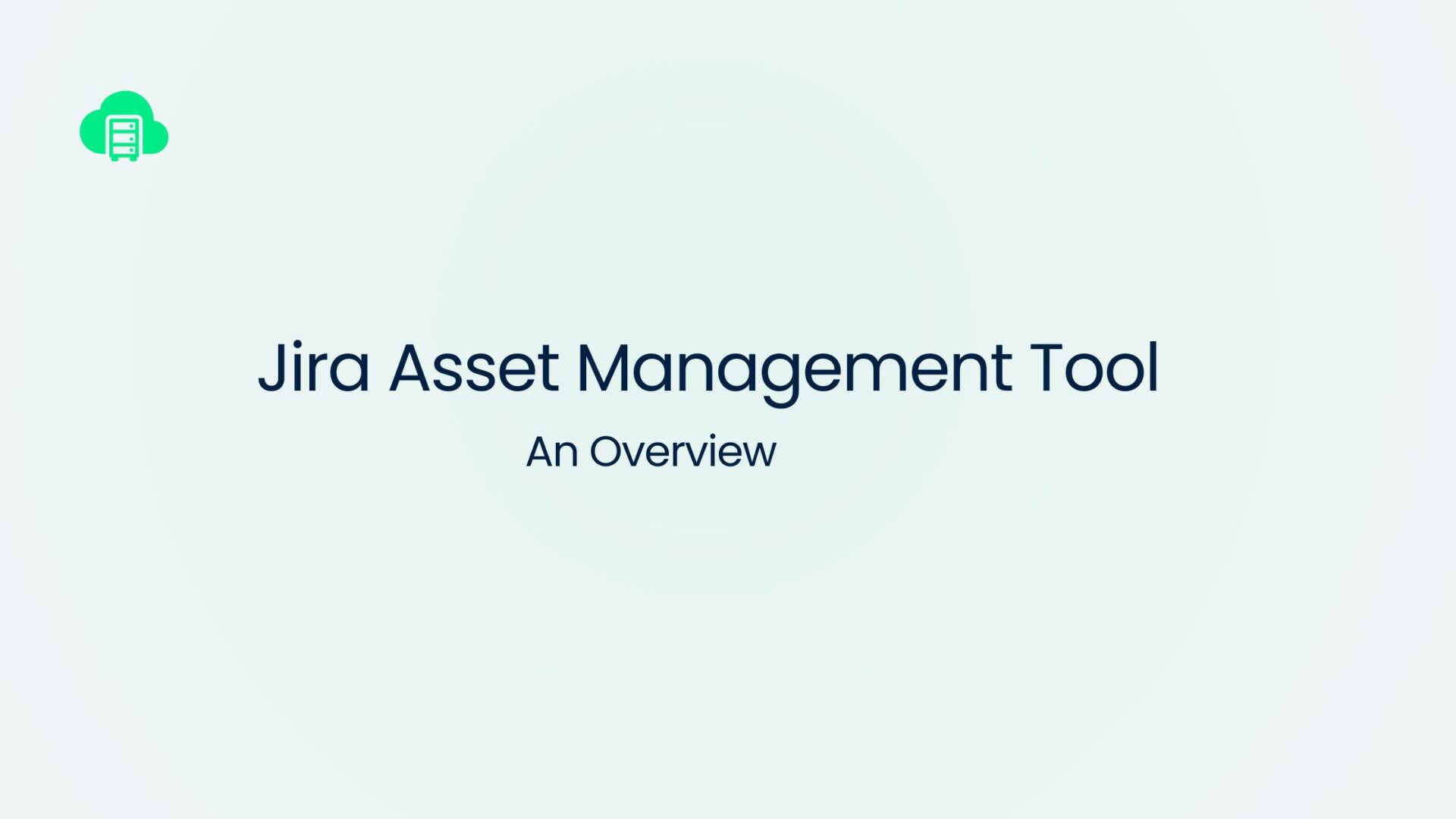

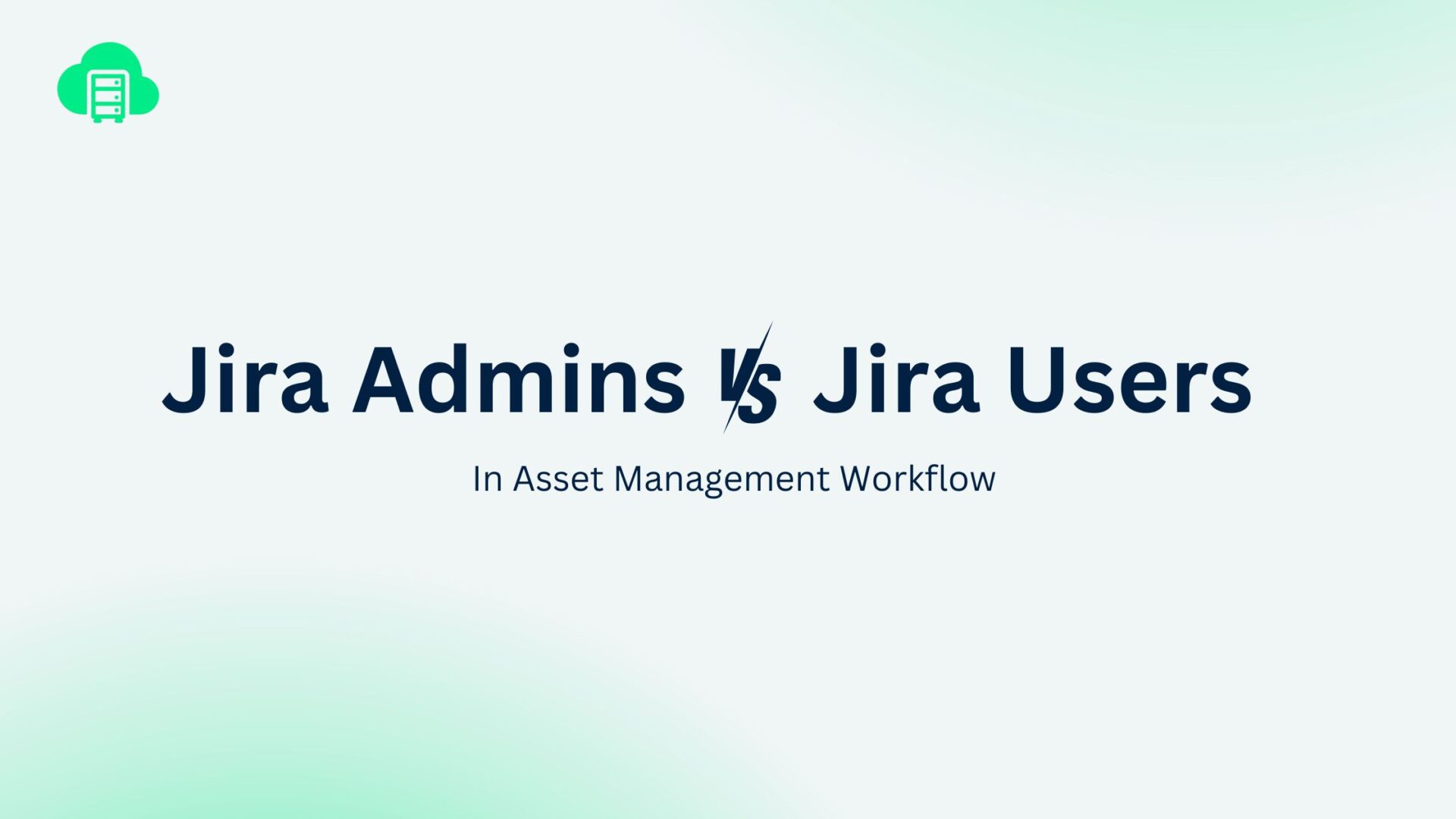
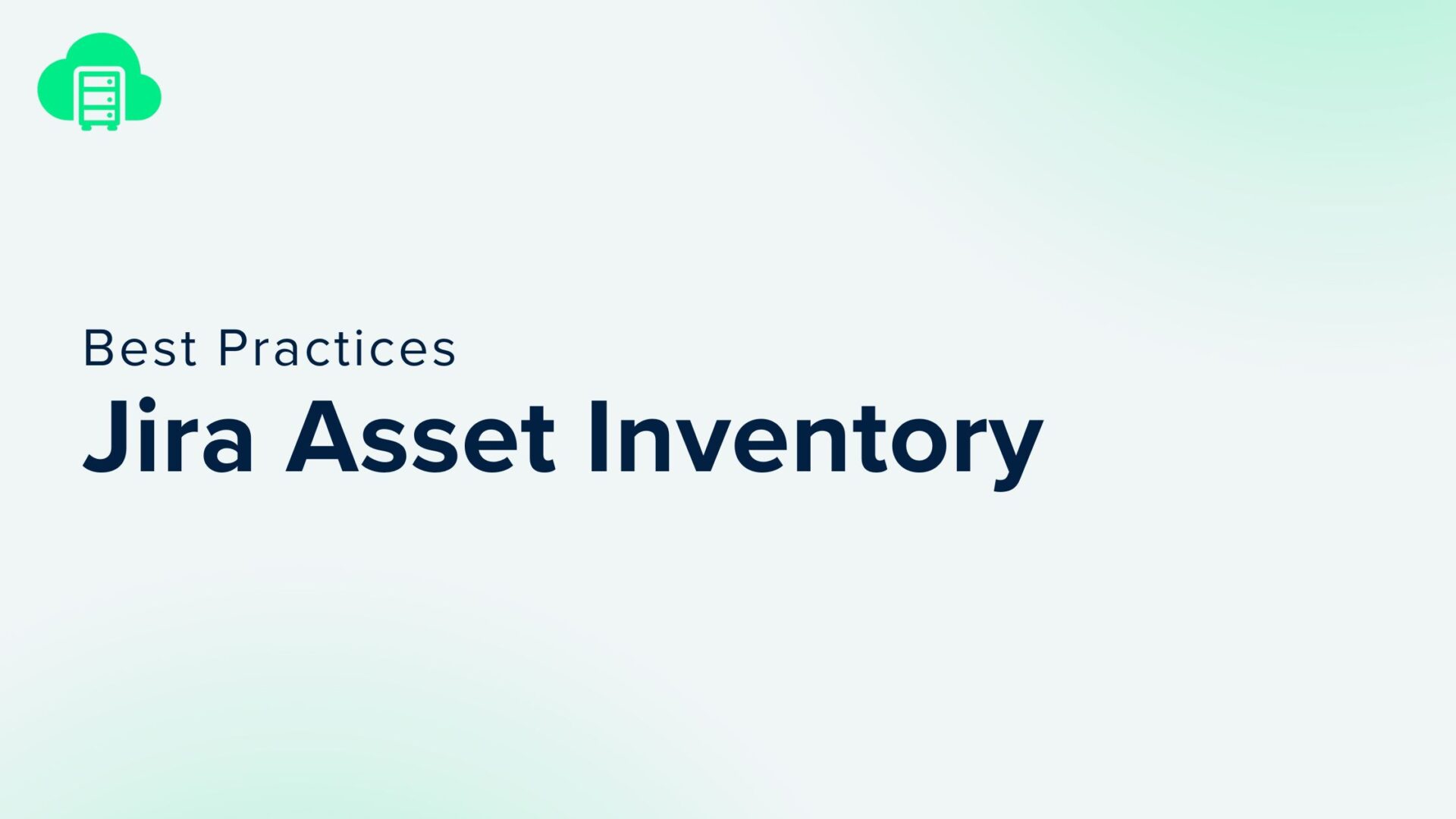

Recent Comments